
Is Your Dog Struggling with Obesity? Over half of our dogs are clinically obese, which by definition means they are 15 percent or more above their ideal weight. Being 10 percent overweight decreases a dog's life span by one third and predisposes them to heart, liver, and kidney disease as well as arthritis.
More females are affected than males. Hormones, genetics and individual variations in metabolism and appetite are predisposing factors. But, the most common cause of obesity by far is owners who indulge their dogs with treats, table scraps and oversized portions.
CAUSES
* Overeating excess amounts of food is the number one cause.
* Lack of exercise.
* Neutering can promote weight gain.
* Hormonal disorders especially low levels of thyroid hormone.
TIP: Don't sit on a sofa one day and decide to take a 10-mile hike the next. Increase your dog's level of activity gradually a little bit each day.
IS YOUR DOG OVERWEIGHT?
To determine whether or not your dog is overweight, give him a rib check. You should be able to easily feel but not see each rib. Dogs should have a waist, which is the tucked up area behind the ribs. If your dog has lost his waist and/or if you can pinch more than an inch, it's time to cut back.
Preventing excess weight gain initially is much easier than trying to lose weight. Weigh and record your dog's weight each time you visit your vet.
Before beginning any weight-loss program, confirm your suspicions with your vet and rule out medical problems that mimic obesity including heart and liver disease, Thyroid disorders, Diabetes, and Cushing's disease.
TIP: Regular weight checks help monitor your dog's body weight.
WHAT YOU CAN DO
You should feed your dog a diet consisting of lean protein and high-fiber (over 15 percent), with low fat; less than 10 percent. Increasing the fiber provides bulk which fills him up and keeps him happy but spares calories at the same time.
You need to decrease your dog's total number of calories by 20 percent to lose weight. Set a maximum initial weight loss at 15 percent and calculate your feedings and exercise to achieve this goal.
Increase the number of meals up to six per day ' the more meals you eat, the more your metabolism is stimulated which requires energy and burns calories.
Don't free-feed. Leave meals out for 20 minutes, and then pick them up. Throw table scraps into the garbage and keep snacks to less than 5 percent of the total daily diet. Feed healthy snacks like white asparagus tips, cantaloupe slices, carrots and pumpkin.
Monitor your dog's weight weekly: post a chart on the refrigerator door. It's also fun to take 'before' and 'after' photos. When your dog reaches his target weight, change from the reducing diet to a weight maintenance diet.
Monitor weight changes carefully for the first 60 days. Record his weight once a month for the first six months, then four times a year.
Aim for a minimum of 20 minutes of exercise each day. Two 10-minute walks is a good start and you can gradually build up from there.
Local canine sport clubs are fun for the whole family and offer activities for all breeds. Agility, fly ball and terrier trials are popular and lure coursing is a favorite for site hounds. Some fitness centers and health spas now offer packages to get you and your dog into tip top shape.
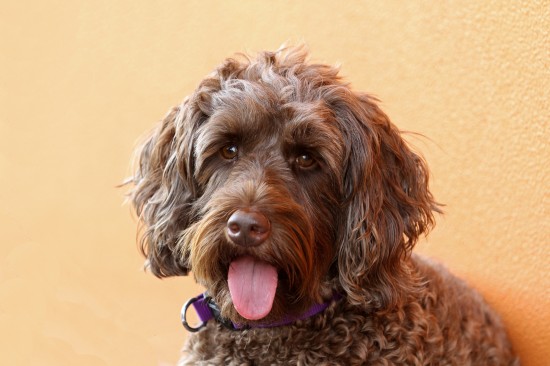 Choosing The Right Mixed Breed Or Hybrid Dog For You
Choosing The Right Mixed Breed Or Hybrid Dog For You
 ‘handbag’ Dogs- Why You Should Never See Your Pet As A Fashion Accessory
‘handbag’ Dogs- Why You Should Never See Your Pet As A Fashion Accessory
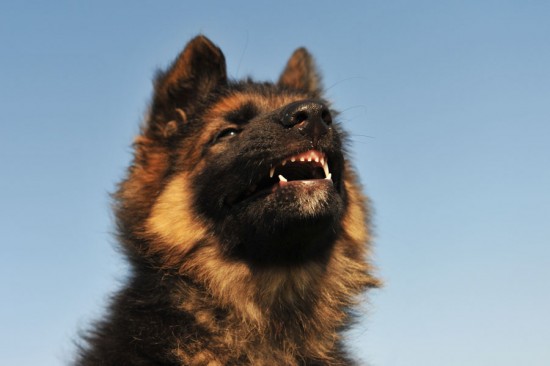 Sudden Onset Aggression In Dogs
Sudden Onset Aggression In Dogs
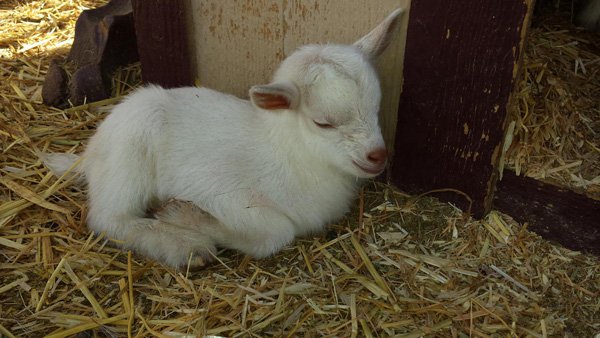 How to work for or open a dog boarding of your own?
How to work for or open a dog boarding of your own?
 Twenty Five Fun And Interesting Facts About Budgies
Twenty Five Fun And Interesting Facts About Budgies
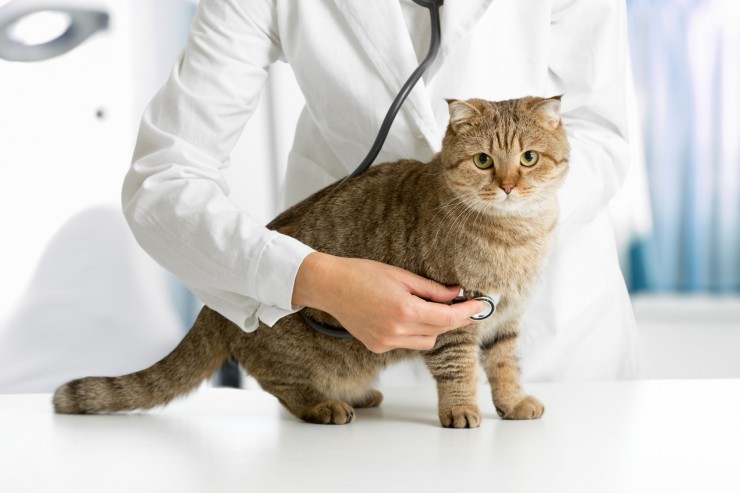 Veterinary Malpractice - What You Can Do About It
Veterinary Malpractice - What You Can Do About It
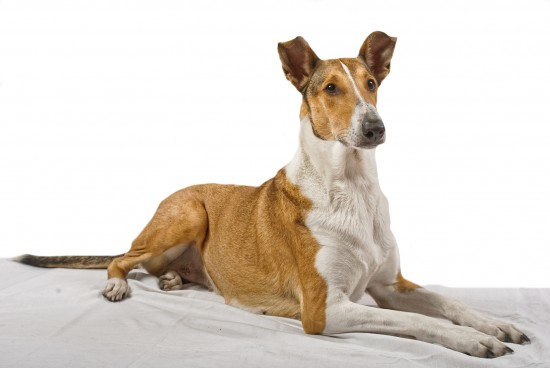 Hereditary Health And Longevity Of The Smooth Collie Dog Breed
Hereditary Health
Hereditary Health And Longevity Of The Smooth Collie Dog Breed
Hereditary Health
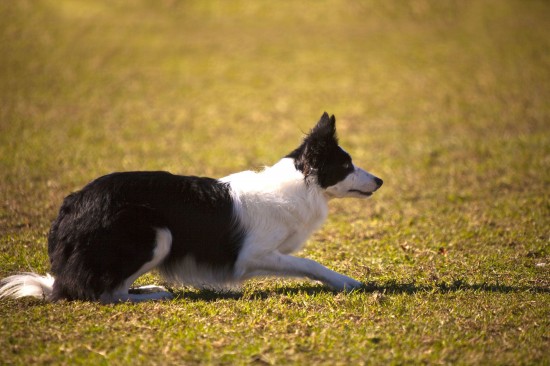 Dogs That Stalk Other Dogs
Dogs That Stalk O
Dogs That Stalk Other Dogs
Dogs That Stalk O
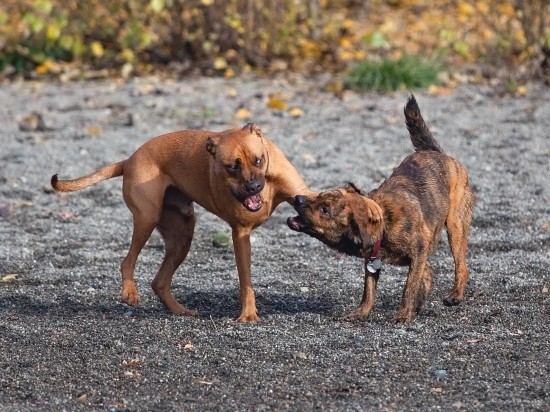 Managing And Curbing A Dog That Bullies Other Dogs
Managing And Curb
Managing And Curbing A Dog That Bullies Other Dogs
Managing And Curb
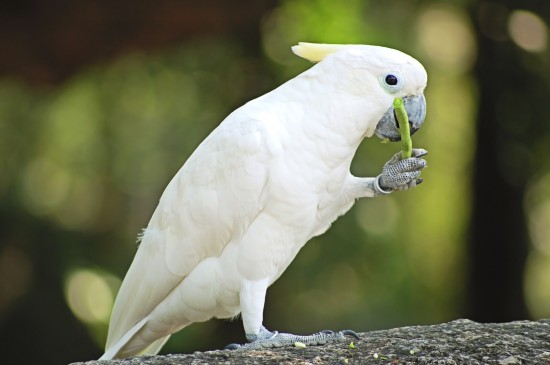 Information About Birds For Potential Pet Bird Owners
Information About
Information About Birds For Potential Pet Bird Owners
Information About
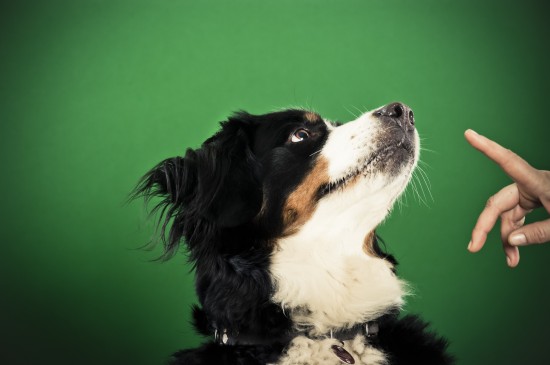 Understanding The 3 Popular Dog Training Methods
Understanding The
Understanding The 3 Popular Dog Training Methods
Understanding The
Copyright © 2005-2016 Pet Information All Rights Reserved
Contact us: www162date@outlook.com